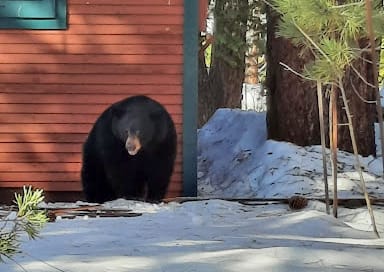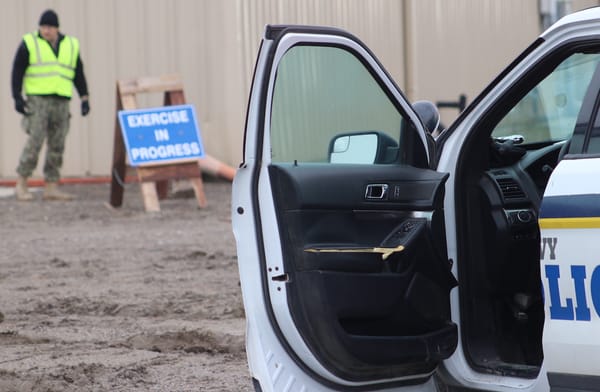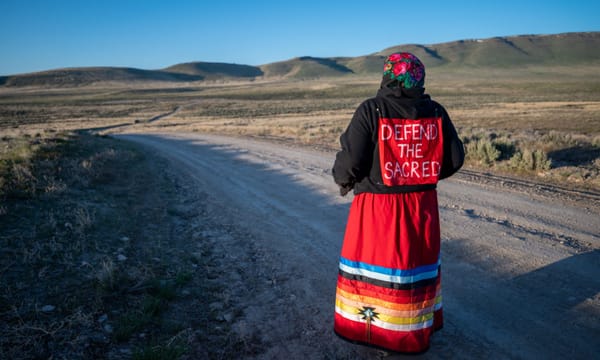Tahoe residents urged to be bear aware

LAKE TAHOE – Bears near the Lake Tahoe basin are beginning to emerge from their winter dens and local wildlife officials say now is a crucial time for both the bears and residents to prevent ongoing bad bear behavior and damages.
The Lake Tahoe Interagency Bear Team is urging residents and businesses to put extra effort this spring into helping deter bear activity. Businesses are advised to keep dumpsters locked at all times and homeowners should use bear-resistant trash containers. Other unsecured items that can attract bears, such as bird feeders, are also a bad idea.
The extra urgency, officials say, is the result of habituated bears that were allowed to roam freely in the South Lake Tahoe area during the 2021 Caldor Fire. They say some bears fled the fire and sought refuge in neighborhoods where they found available food and a lack of human interference and resistance.
“During the evacuation last fall, when streets and homes were empty and no one was around to secure houses, vehicles, dumpsters, or other attractants, habituated bears in the Tahoe Basin – meaning those bears already comfortable around people or those bears that look to people, their homes, and cars for food – were left to roam neighborhoods freely with little resistance,” officials said. “These habituated bears suddenly had no humans yelling, making noise, chasing or hazing them, and no electric deterrents because of power outages.”
Some homeowners returned from the evacuation to thousands of dollars of damage to their homes and property.
In the fall, California Department of Fish and Wildlife officials conducted a “trap/tag/haze” operation to remove some of the bears from the area and improve safety for returning residents. The bears were trapped and moved to a nearby unburned habitat, tagged, then hazed upon release to deter them from future interactions with humans.
“While what happened during the Caldor Fire evacuation couldn’t be prevented, homeowners, residents and visitors can do their part to prevent or deter this kind of bear behavior in the future, especially as this mild winter turns to spring and bears begin to emerge from their dens in search of food,” officials said.
The Lake Tahoe Interagency Bear Team is a partnership between California Department of Fish and Wildlife, California State Parks, Nevada Department of Wildlife, Tahoe Regional Planning Agency and the U.S. Forest Service. The team asks people to report human-bear conflicts:
- In California, contact the California Department of Fish and Wildlife at 916-358-2917 or report online using the Wildlife Incident Reporting (WIR) system at apps.wildlife.ca.gov/wir.
- Non-emergency wildlife interactions in California State Parks can be reported to its public dispatch at (916) 358-1300.
- In Nevada, contact the Nevada Department of Wildlife at 775-688-BEAR (2327).
- If the issue is an immediate threat, call the local sheriff’s department or 911.
For more information on peacefully coexisting with bears, visit TahoeBears.org.
Source: USFS





